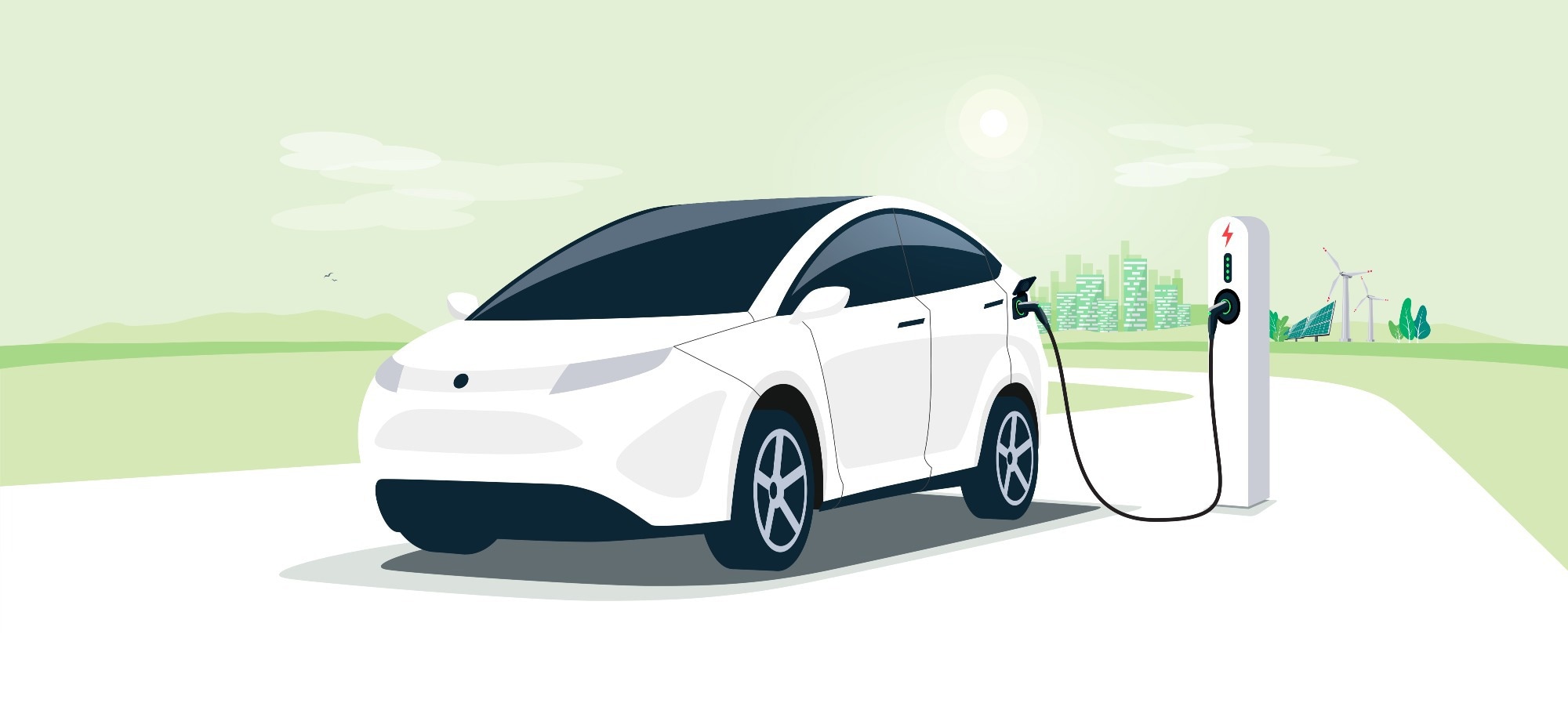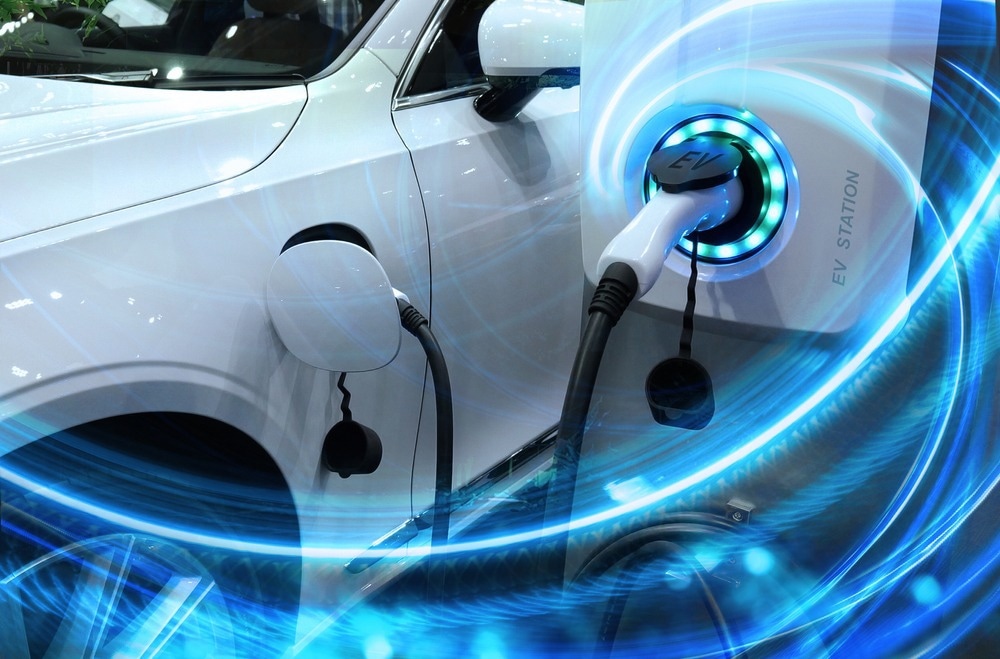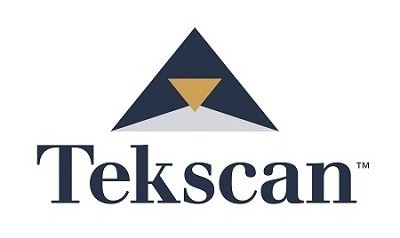This article seeks to outline the pressure mapping technology developed by Tekscan and Tekscan's role in the design of future EVs.
Challenges of Optimizing Battery Performance
For EVs, optimizing battery performance is crucial. Therefore, engineers in this field are trying to optimize a variety of factors. Energy density is one of those. Smaller, more energy-dense batteries are always sought after. Batteries also need to be able to charge quickly, be safe, and make manufacturing simple. It is crucial to optimize each of these factors because making the battery smaller and more energy dense also makes it riskier.

Image Credit: ShutterStock/petovarga
Engineers keep an eye on the pressure that exists inside the stack in order to build a safe battery that also produces a lot of energy. A battery is tested during its regular conditions when being charged and discharged, and one of those important factors is how the battery fits inside the stack and what the pressure is over time as it matures.
Lithium-ion batteries are the most popular type of battery on the market right now. As it is a liquid inside, it is relatively soft and has a large range of expansion and contraction.
The battery heats up and expands while charging before being discharged and contracts as it cools. As a result, each cell in a stack is expanding and contracting, and since there may be many or even dozens of cells in a stack, these forces will compound and can end up being rather high and intense inside a rigid fixture if there are many individual cells that are all doing this.
As opposed to liquid batteries, solid-state batteries, which are a newer emerging technology, have an electrolyte that does not expand as much. Therefore, the size does not change as much. However, despite being dimensionally stable, all the other parts still undergo heat cycling, which changes their size and form. As a result, if the electrolyte layer is too rigid, it may begin to delaminate and crack.
It is crucial to check that the fixture is not applying any localized pressure concentrations because doing so usually accelerates battery wear and raises safety concerns.
Studies Correlating Stack Pressure
In a 2014 study from Princeton University, a load cell was included in the stack. The study determined the overall force acting on the prismatic pouch cell and was aware of its fixed total area. To simulate everyday use, the researchers sought to charge and discharge a battery over an extended length of time while applying varied loads to the load cell.
Initial compression and force were negligibly low, followed by a modest increase. They conducted a number of tests and discovered that there was a sweet spot where the battery would age more gracefully if the pressure was in the proper range.
The 2017 University of Warwick study advances the Princeton study. This time, they were able to observe the localized high and low pressures on the cell against that stiff surface. They placed a Tekscan sensor into the stack and tracked the total force over time as the battery aged, expanded, and contracted, among other things.

Image Credit: ShutterStock/Scharfsinn
They also discovered that some cells would malfunction in specific regions where there was an increase in localized pressure. There was also a strong correlation between this and the battery’s life and degeneration.
Both the localized pressure and the overall force for an average pressure are crucial. Instead of merely looking at the overall figure and presuming that everything is equal, Tekscan considers the localized load. Tekscan sensors are also extremely flexible, and the sensors are thin and non-intrusive, so users do not need to alter their test fixture in order to accommodate them. There are many off-the-shelf sensor sizes and forms available so it is very likely that Tekscan will have a standard sensor that suits the unique needs of a given applications. When adaptations or customization is needed, Tekscan is very experienced at modifying sensor shapes and sizes based on customer requirements. All of this allows Tekscan to stand out from the crowd in this market.
Other Potential Applications of Tekscan
Tekscan has worked on internal combustion engines in the automotive industry for approximately 20 years.
One of the main applications of Tekscan is to determine the comfort of the seat for the driver. The posture of passengers in an electric vehicle (EV), especially one that is self-driving, will differ based on the driver who is actively operating that vehicle. The seat is also subject to other concerns, such as how the seat is supposed to appear and if the driver will be able to sit comfortably in such a position. There will also be more considerations, like dashboard buttons instead of foot-operated accelerators.
Naturally, many of the mentioned aspects of EV vehicles will be subject to change over the next few years. For instance, a vehicle’s controls may no longer be the standard in the future due to the evolving types of controls seen in today’s vehicles.
Another favorable application of TekScan is for tire footprints. Tekscan is used extensively in the tire industry and has been for years to measure how the tread interacts with the road surface. To prevent the tire from wearing out too soon, tire experts consider the tread pattern and rubber composition. EVs typically have engines with substantially higher initial torque, which results in much more acceleration. Thus, to take that into consideration, tire engineers must alter tire designs.
A lot of the tire manufacturers are currently using Tekscan products; thus, some redesigning and rethinking of current designs may be required to make more suitable EV tires.

Image Credit: ShutterStock/buffaloboy
Batteries are another factor to take into account; it is especially important to monitor the battery if a car crashes or if road debris hits it. For a long time, automobile manufacturers have used Tekscan to carry out this form of crash testing, impact testing, and safety testing.
Another factor to take into consideration is car doors. In an autonomous vehicle that does not have a standard door, the door seals look different but perform in the same manner. A Tekscan sensor can assist in examining the seal’s integrity and ensuring that there are no leak paths. Additionally, the entire vehicle needs to be considered, as well as all the various components.
Tekscan has long supported the automotive industry, but it will need to modify its work for customers who are new in the EV space.
Pressure Mapping Using the Thin Film Print-in Sensor
The thin film print-in sensor from Tekscan can record pressure distributions over a wide area, and this technology is comparable to a load cell, which measures force. However, it can also be used to determine how that total force is dispersed throughout the space, providing both total force and distribution.
Unlike most load cells, the Tekscan sensor is very thin and flexible and can thus fit into most areas where a typical load cell may not be viable.
The solution offered by Tekscan in this sector is completely plug-and-play. There are always three parts to a pressure mapping system. The sensor itself is the initial component, followed by the electronics and the software, which includes a special software package.
The sensors are printed circuits. They are made using two sheets of either polyester or polyamide films, both are materials that are renowned for their flexibility and dimensional stability - so their shape or size does not change. Pressures of up to 6,000 PSI are also supported. In fact, the polyamide ones can withstand temperatures of up to 200 °C or around 400 °F. Those two conditions — the maximum pressure and temperature — are normally much below what a battery stack or battery assembly might encounter.
Manufacturing Sensors
The manufacturing process starts with blank films, and later, additive print materials are added to these films. Silver traces are printed, followed by a Piezoresistive material, and finally, sensors are sandwiched together at the top and bottom. When layered in a specific way, the features on the top and bottom are perpendicular to one another and create an orthogonal matrix.
Each intersection in that matrix represents a distinct electrical path through which electrical energy can travel. When the electrical energy is driven through the piezoresistive material, it travels via the intersection. When unloaded, the resistance is really high; when compressed, the resistance gradually decreases, making it possible for it to function as a sensor. Depending on how strongly they are loaded, each of these individual points is able to alter the level of resistance.
Electronics
An A/D converter connects to the sensor on one side and to a PC on the other side.
The electronics send pulses of electrical energy into each trace in a precise sequence. The energy that goes out completes a loop and comes back, and both the magnitude of the signal that comes back and the timing based on the sequence are what is measured. This helps to determine the location and strength of pressure and force across the entire array. The end product is a calibratable digital two-dimensional matrix of pressure values.
Pressure Mapping Software
The pressure mapping software is the brain of the operation. It decodes all of the sensor-returned signals using electronics before displaying the results on the screen. For instance, the output anticipated when a person presses their thumb against the sensor is something that resembles a thumb.
A heat map is created once all of the individual data points have been taken and properly oriented. Warmer hues denote high pressure, while cooler hues — such as blues — denote low pressure.
It is a relative scale, but it is more than just an image; it is also possible to extract calibrated values from each point and for data to be saved over time. As capture rates are very fast for dynamic events such as an impact event, it is possible to record for weeks or even months at a time, capturing slower frame rates so that changes that happen over time can be observed.
Conclusion
When it comes to Tekscan, customers are only limited by their imagination. A Tekscan sensor between any two solid surfaces is able to provide new information and could thus be useful for an engineer in the EV market.

This information has been sourced, reviewed and adapted from materials provided by Tekscan, Inc.
For more information on this source, please visit Tekscan, Inc.